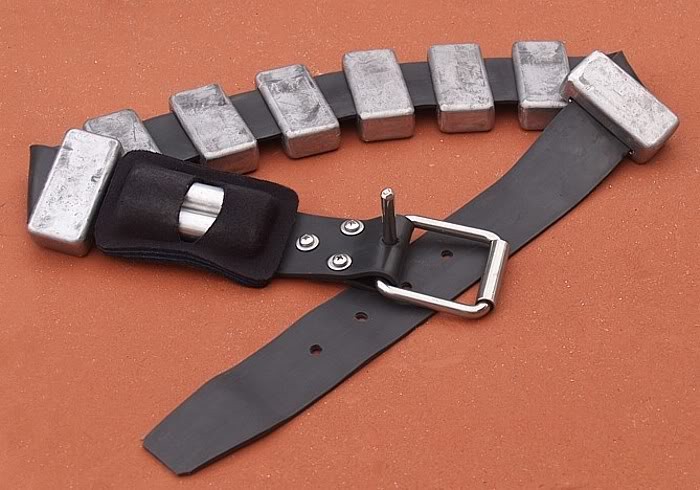This is something that popped in my head this morning.
"Tin Man" have you ever tried applying some sort of rubber coating to the weights (rino liner or something of the sorts)? To make them more like the rubber coated weights.
The reason I bring this up is because we use them on rubber belts correct? We use rubber belts for there non-slip properties? But when you apply a roll/a lot of lead weights you lose those non-slip properties that we seem to enjoy.
Purpose - It would be ecstatically pleasing and it will keep the non-slip properties of using a rubber belt. .
Do others see this as an issue/ or have any ideas on how some sort of rubber coating may be applied?


